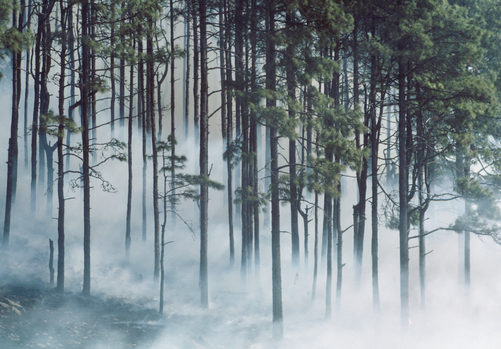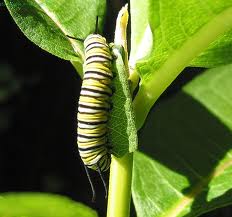The Monarch figures for 2017 were released in February: down 1/3 from the previously year, which was only slightly better than the figures for 2014 and 2013, the lowest in at least 20 years, a decline of more than 80% in recent decades. According to a report in the New York Times by Michael Wines there are multiple explanations. The details are shocking.
Where the wintering-over forest of the Monarchs was once as large as 50 acres, it now has been reduced to 2.94 acres, down 59% from the 2011 figure of 7.14 acres, presumably from illegal logging.
Climate change has played a part as well. The record heat in North America these past years have dried the butterflies’ eggs and reduced the nectar content of the milkweed. Equally devastating has been the development of herbicide-resistant corn and soybeans, which has allowed farmers to wipe out the milkweed which was once prolific between the rows of crops in the American Midwest. “The habitat is virtually gone. We’ve lost well over 120 million acres., and probably closer to 150 million acres,” said Chip Taylor, director of Monarch Watch.
All hope is not lost. The Mexican government has stepped up its protection of the forests and conservationists and state an local governments may yet be able to replenish some of the milkweed. Insect populations often can recover from devastating episode, but there is a tipping point which will make the butterflies too vulnerable to unusual climate events to bounce back. Mr. Taylor was quoted as saying that any drop in the wintering over ground below 2.5 acres may be that tipping point.
In 2015 the US government pledged $3.2 million toward the effort to preserve Monarch habitat. Two million will go to restoring 200,000 acres from California to the Corn Belt, with some going to create 750 schoolyard habitats. The remaining $1.2 million will be used to start a fund to aid farmers and other landowners to join the conservation movement. However, still there is still no decision on the effort to classify the Monarchs as officially Endanger Species, which would increase their protection.
Despite the progress, according to Michael Wines, the effort by concerned organizations to increase the area of milkweed along the Monarch’s migration route “remains an uphill struggle.” Three years ago, Researchers at the University of Northern Iowa made a summertime count in over 100 acres of prairie and found only 11 Monarchs, down from 172 in 2010. Of the many contributing problems–drought, bad weather, loss of habitat–the decline in milkweed is considered far and away the most important. Along with a huge rise in grain prices has come the spread of cropland into areas previously considered unsuited to farming, robbing the Midwest–where about half the Monarch are hatched–of thousands of acres of grassland. A 2012 study determined that between 1999 and 2010 the region lost 58% of its milkweed and 81% of its Monarchs.
In the butterflies’ favor is their tremendous popularity. Monarch Watch last year offered flats of 32 milkweed “plugs” for $58, and sold 22,000. Efforts are underway to interest corporations in planting milkweed around their enormous facilities and towns in planting along roads and on landfills. Dr. Taylor of Monarch Watch is convinced that it is possible to reverse the population decline, as the insect’s numbers have fluctuated wildly due to weather in the past. “The insect’s troubles probably were as deep, or deeper, during the Dust Bowl of the 1930’s,” Taylor said. But there is still little reason for optimism. Thus far” he said “…monarch backers are mostly preaching to the choir, ‘and the choir’s of limited size.’”
Planting milkweed, the Monarch’s principal food source, is one positive step we can take. Those who live east of the Rockies can buy milkweed plants and seeds, as well as monarch eggs and caterpillars through: http://www.livemonarch.com.



Leave a Reply